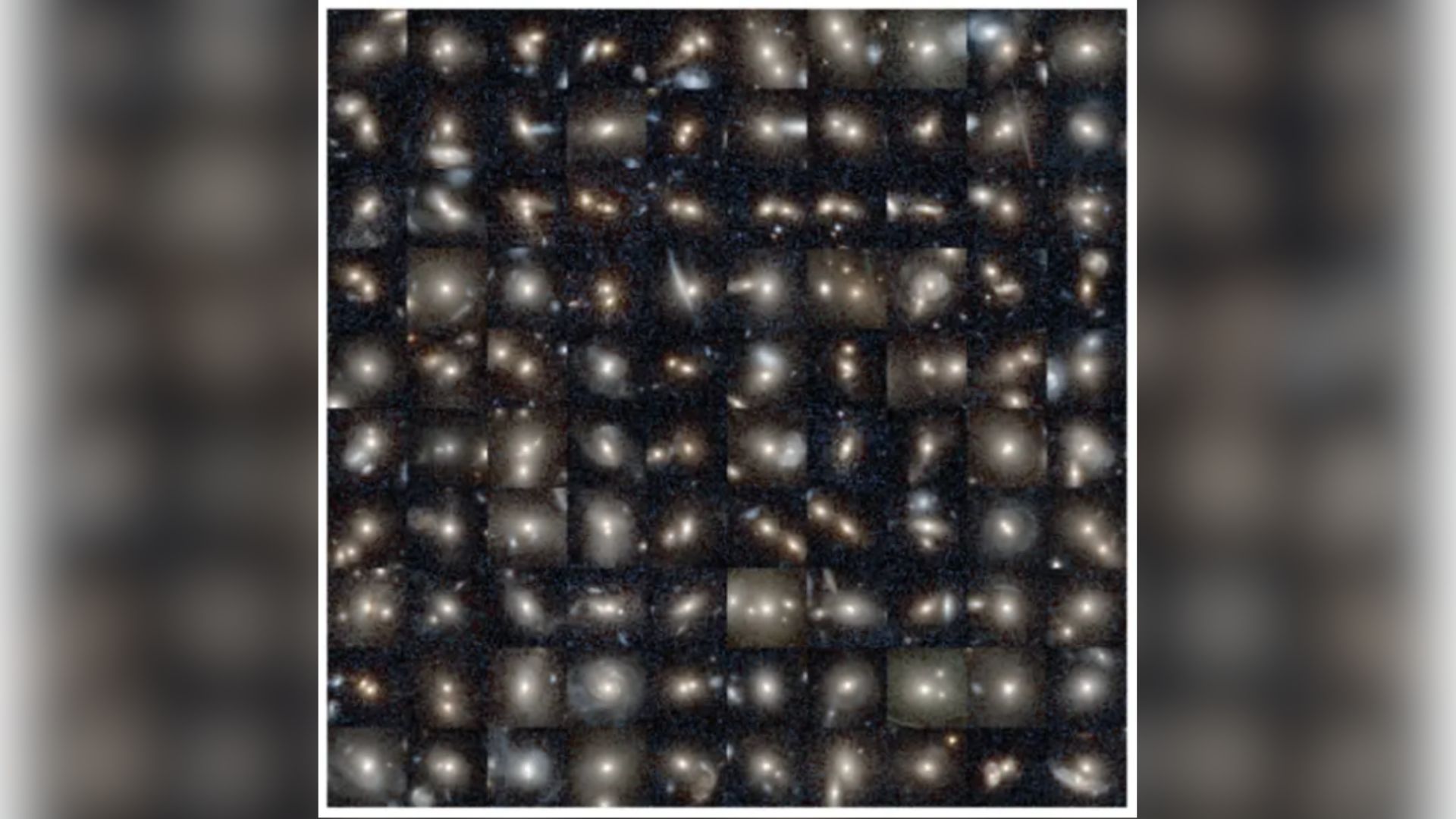See a colossal 'X' and 'V' appear on the moon after sunset tonight
An "X" and "V" will appear on the moon on Oct. 28 as sunlight picks out broken terrain and crater rims on the lunar surface.
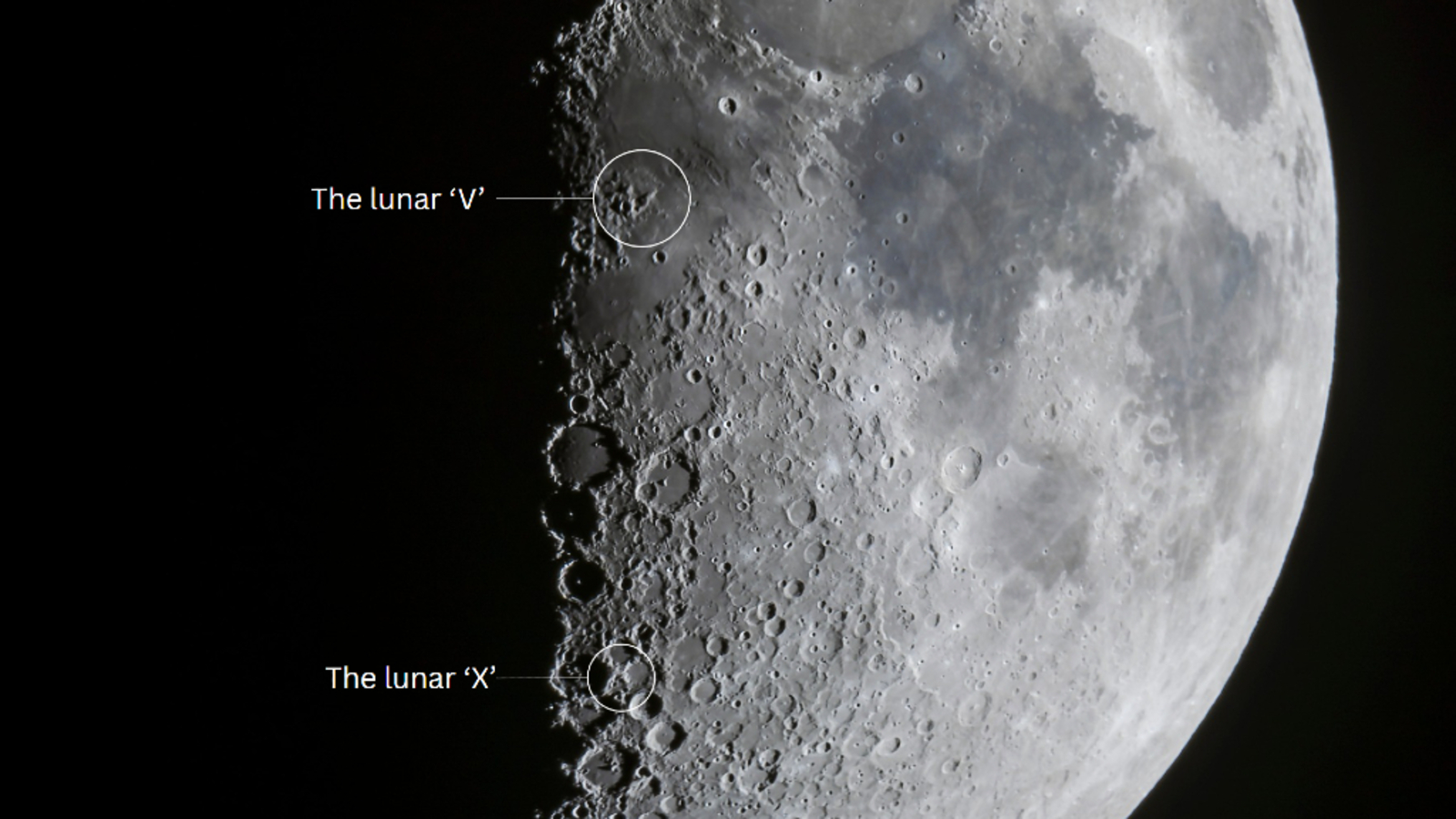
A trick of the light will cause a vast letter "X" and "V" to appear on the lunar surface tonight, mere hours before the moon hits its first quarter phase, which will see its right half lit by direct sunlight and its left veiled in darkness.
The moon's position relative to the sun changes constantly throughout its 27-day orbit of Earth, throwing countless craters, mountain ranges and myriad other geographical features into focus as the line separating night from day known as the "terminator" sweeps across its surface.
On Oct. 28, this play of light and shadow will give the appearance of an enormous "V" and "X" is emblazoned on the lunar surface, as direct sunlight catches the uppermost sections of mountainous terrain and crater rims, while leaving much of the surrounding moonscape in shadow.
Both the lunar "X" and "V" will be at their most visible around 7 p.m. EDT (23:00 GMT) as dusk gives way to night on Oct. 28, when the moon will shine a little over 20 degrees above the southern horizon. Remember, the width of your clenched fist held at arm's length accounts for roughly 10 degrees in the night sky.
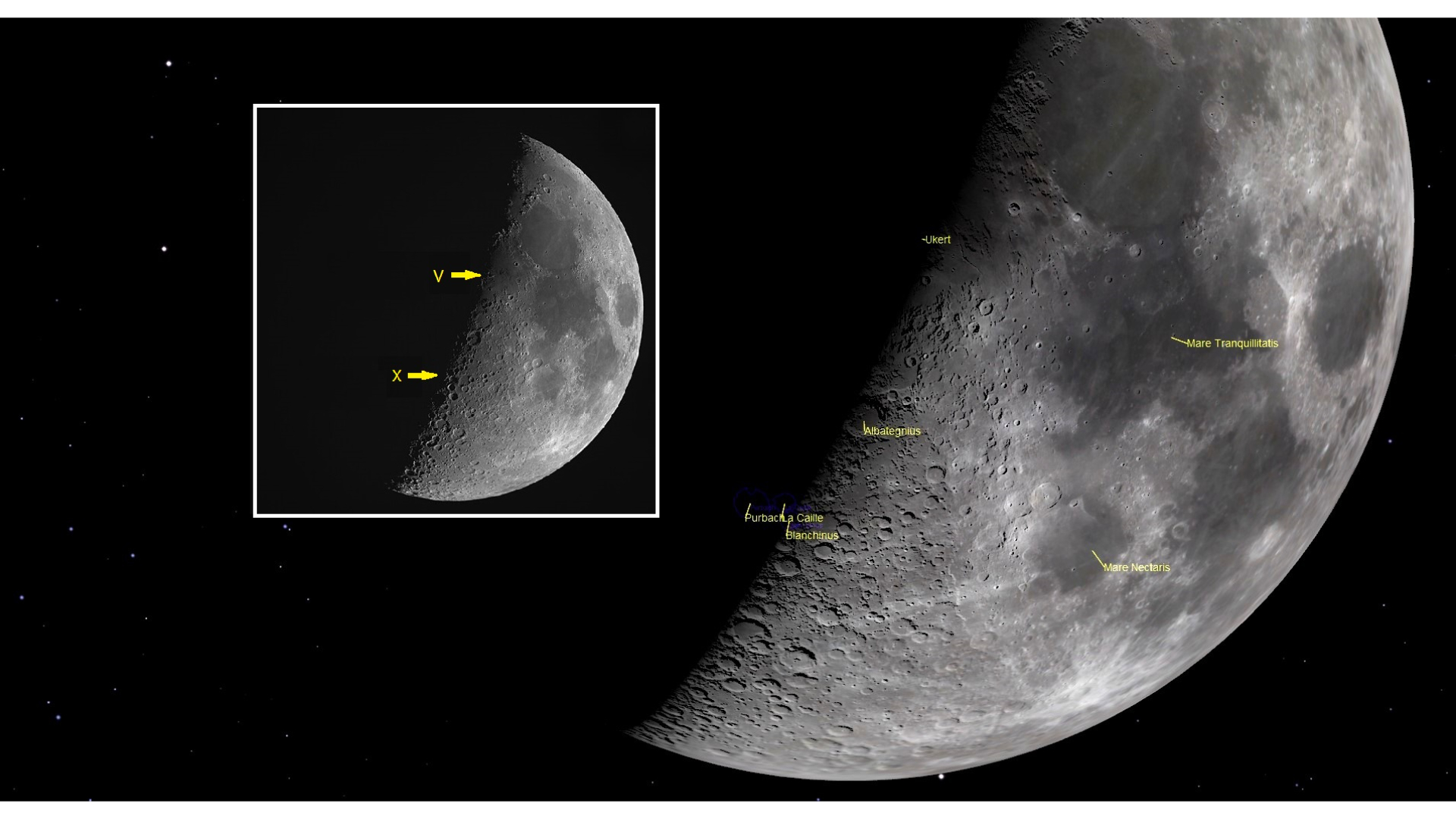
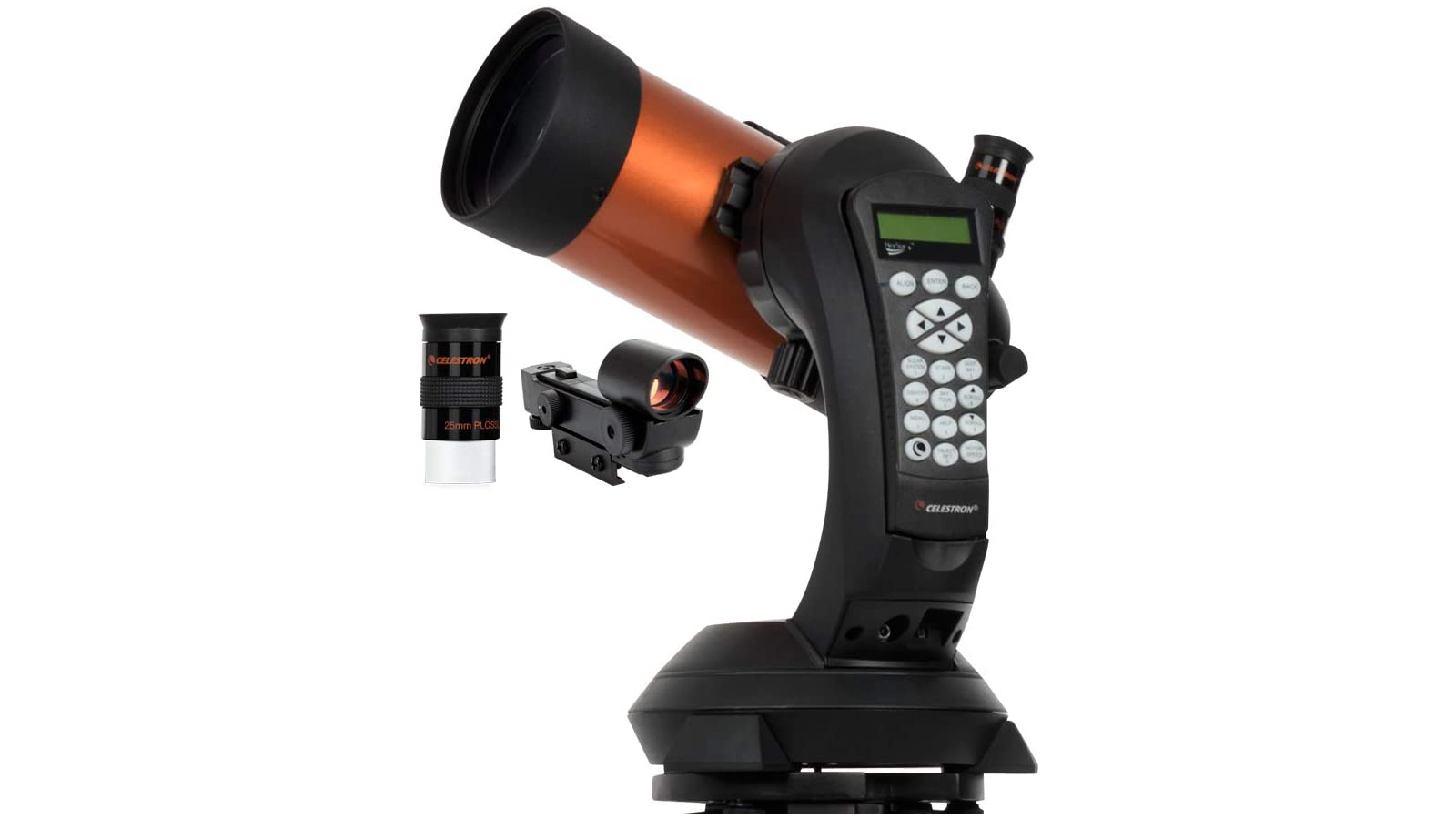
The Celestron NexStar 4SE is ideal for beginners wanting quality, reliable and quick views of the night sky. It's sturdily built, quick to set up and automatically locates night sky targets and provides crisp, clear views of them. For a more in-depth look at our Celestron NexStar 4SE review
The lunar "X" can be found approximately 25 degrees south of the lunar equator and appears when sunlight kisses the broken ramparts of the Bianchini, Purbach and La Caille Craters. The Lunar "V", meanwhile, is located 10 degrees above the equator, to the left of Mare Tranquillitatis (Latin for the Sea of Tranquility).
A telescope with an aperture of 6-inches or more will provide a clear view of the lunar "X" and "V", along with the sweeping expanses of the dark lunar seas and prominent impact craters thrown into relief along the shadowed line of the terminator.
Stargazers seeking a closer look at Earth's natural satellite should check out our picks of the top telescopes and binoculars available in 2025, while astrophotographers may want to brush up on how to photograph the moon using our handy expert's guide.
Breaking space news, the latest updates on rocket launches, skywatching events and more!
Editor's Note: If you would take a picture of the lunar "X" and "V" and want to share it with Space.com's readers, then please send your photo(s), comments, and your name and location to spacephotos@space.com.
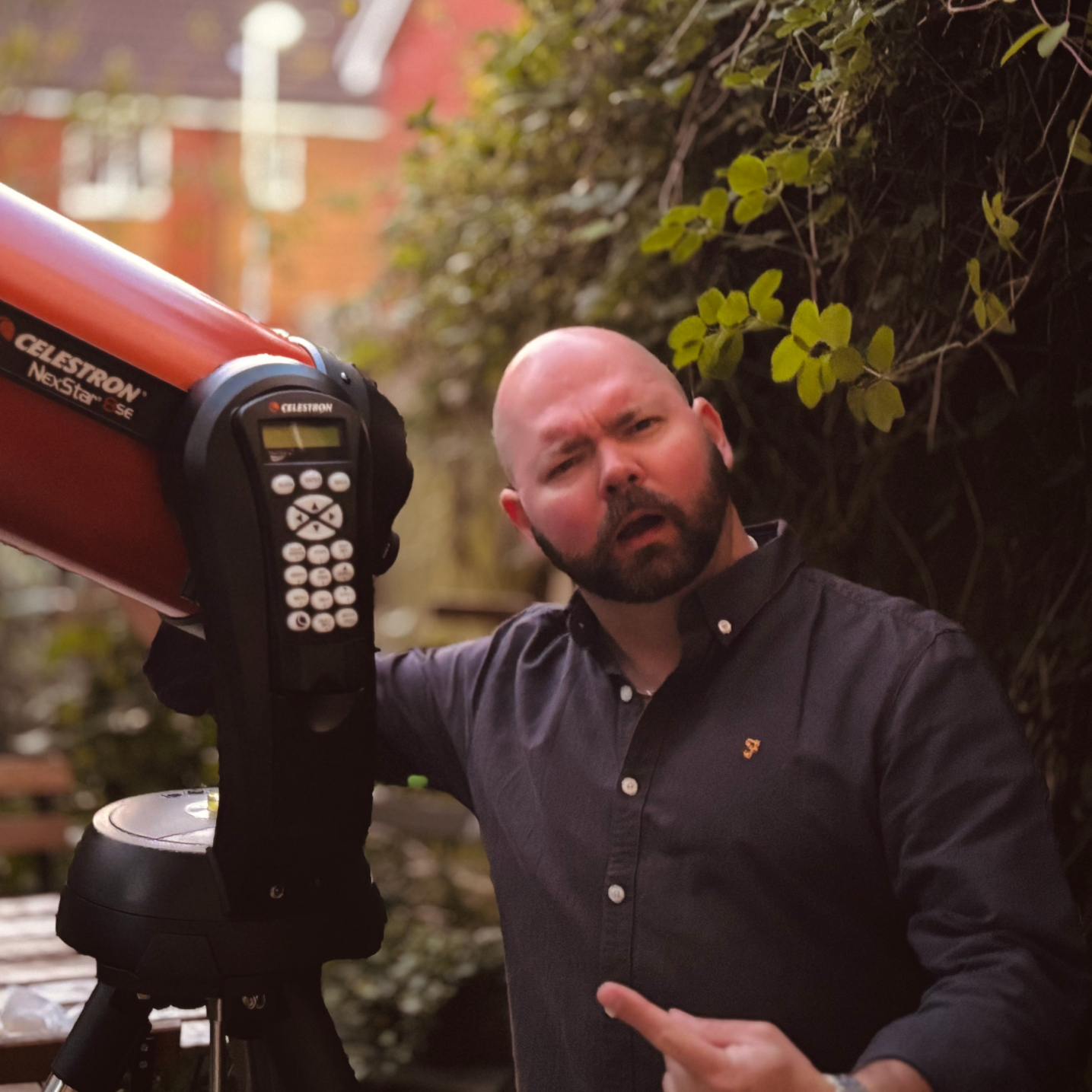
Anthony Wood joined Space.com in April 2025 after contributing articles to outlets including IGN, New Atlas and Gizmodo. He has a passion for the night sky, science, Hideo Kojima, and human space exploration, and can’t wait for the day when astronauts once again set foot on the moon.
You must confirm your public display name before commenting
Please logout and then login again, you will then be prompted to enter your display name.
